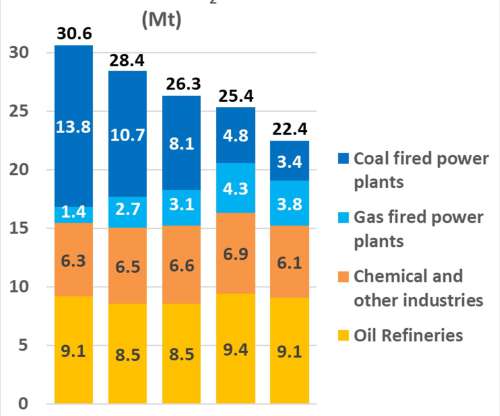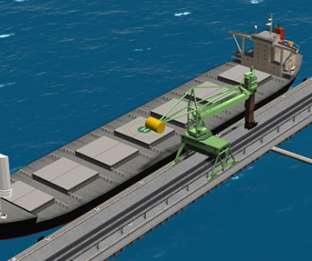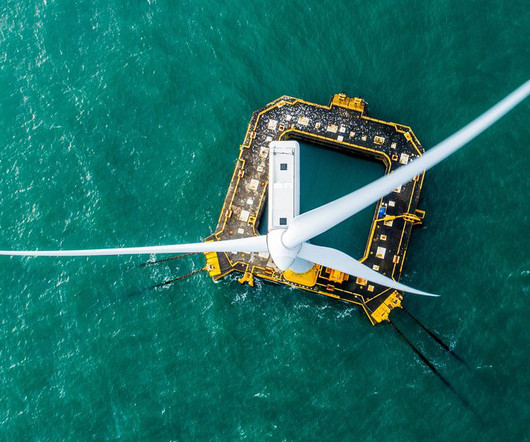Carbon emissions in port of Rotterdam drop more swiftly than national average
Green Car Congress
APRIL 30, 2021
The port’s total emissions volume combines those released by industrial production (refineries, chemical companies) and electricity generation (gas- and coal-fired power plants). The carbon emissions of Rotterdam’s industrial sector fell by 1.1 The carbon emissions of Rotterdam’s industrial sector fell by 1.1























Let's personalize your content